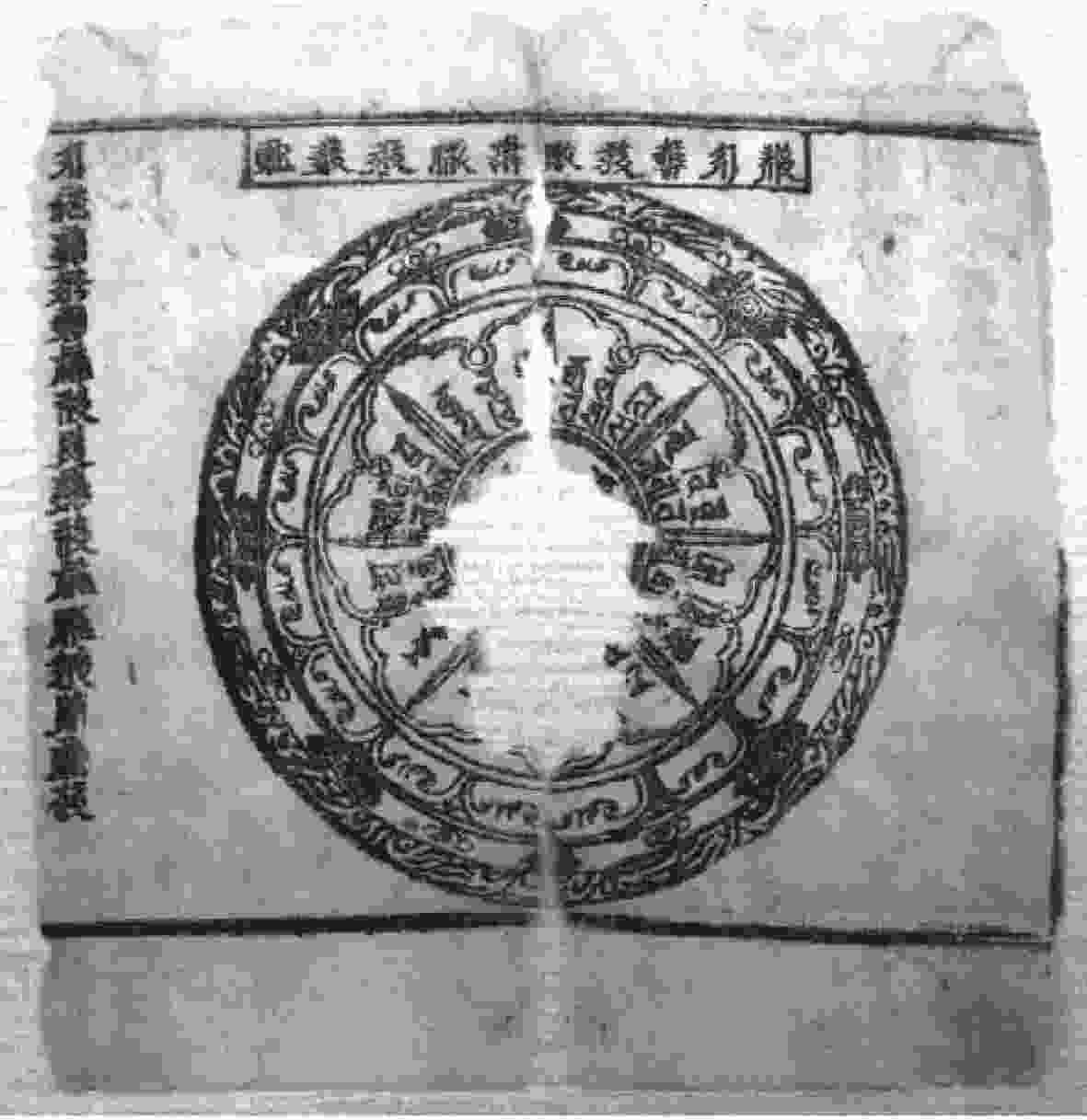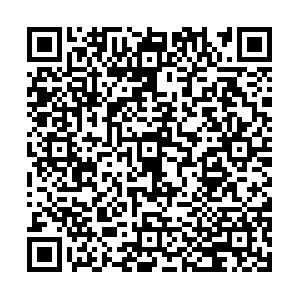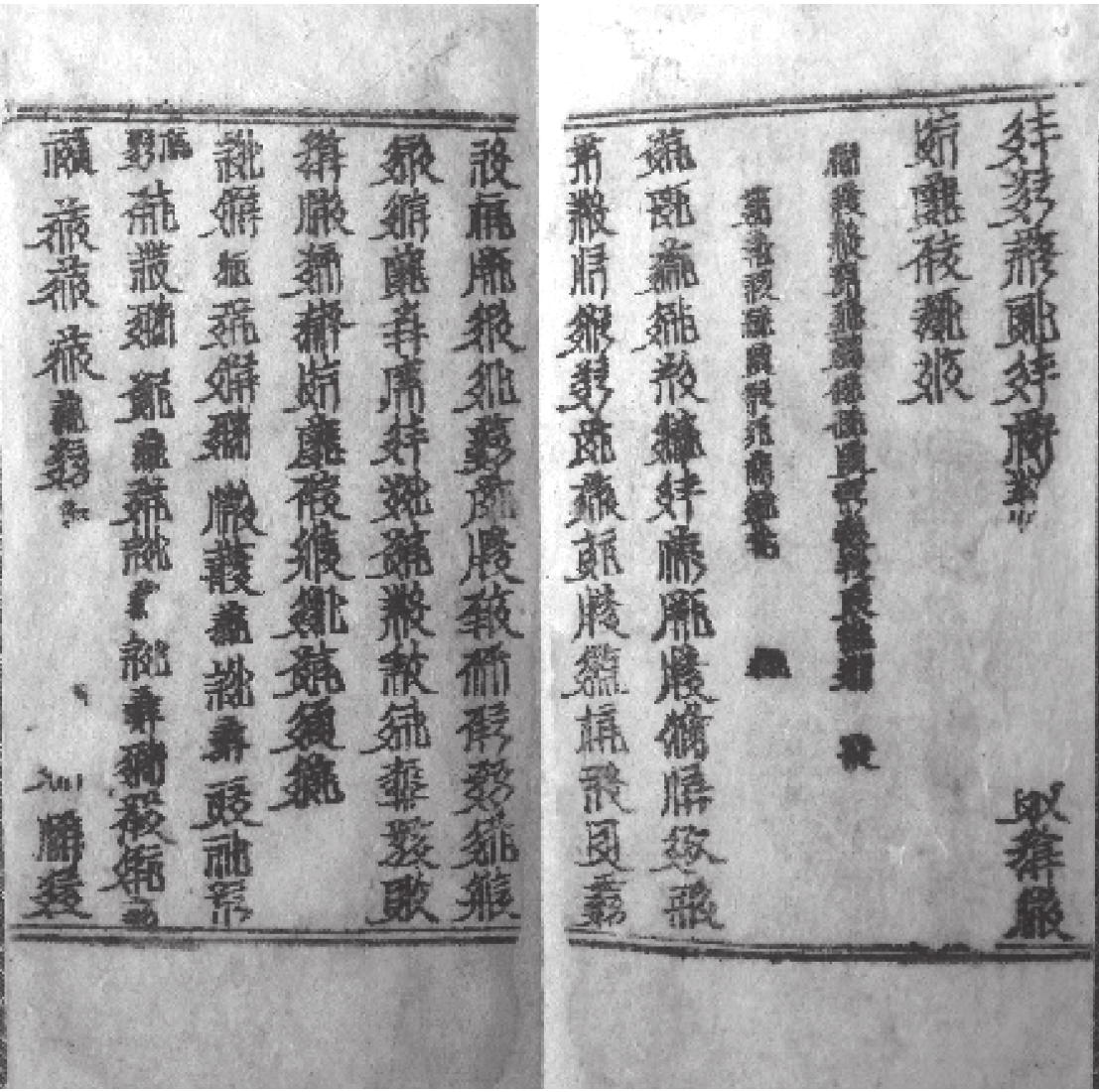中西交融与华夷互动—唐宋时代炽盛光信仰的传播与演变
Research on the Evolution and Dissemination of Belief in Tejaprabhā Buddha in the Tang and Song Dynasties
-
摘要: 炽盛光信仰是伴随星命推算的传播而兴起的唐代密教信仰,主要通过置立道场、诵念炽盛光陀罗尼等形式禳除灾星恶曜对个人及国家带来的影响。晚唐以后,该信仰广泛传播于整个东亚地区,并趋于世俗化,人们崇信炽盛光佛不仅因为其为统摄一切星曜的密教主尊,更因其在传播过程中强化、衍生出来与世俗联系紧密的消灾、荐亡等功能。新发现的汉、西夏、回鹘文炽盛光经咒表明,此类经典在传至河西地区以后,不断地在这一地区融摄源自印度、西藏等地的佛教文化因素,形成了一种兼具时代与地域特色的新经典,生动体现了当时多元文化的互动与交融。Abstract: The Tejaprabhā Buddha was one of new Vajrayāna beliefs in the Tang Dynasty, appeared with the popularity of horoscope astrology. However, after the late Tang Dynasty, it widely spread in East Asia, people believed in it because it could eliminate disasters and soothe ghosts rather than rule all stars and constellations. In addition, two new Mahābalagu a-Tejaprabha-Tathāgata-rī-Dhāraī-Sūtra were discovered, written in Chinese and Tangut language, which absorbed the culture of Buddhism from Tibet and India. Meanwhile, they proved that there was a variety of cultural exchanges in the Tangut Empire at that time.
-



 下载:
下载:





 沪公网安备 31010102003103号
沪公网安备 31010102003103号